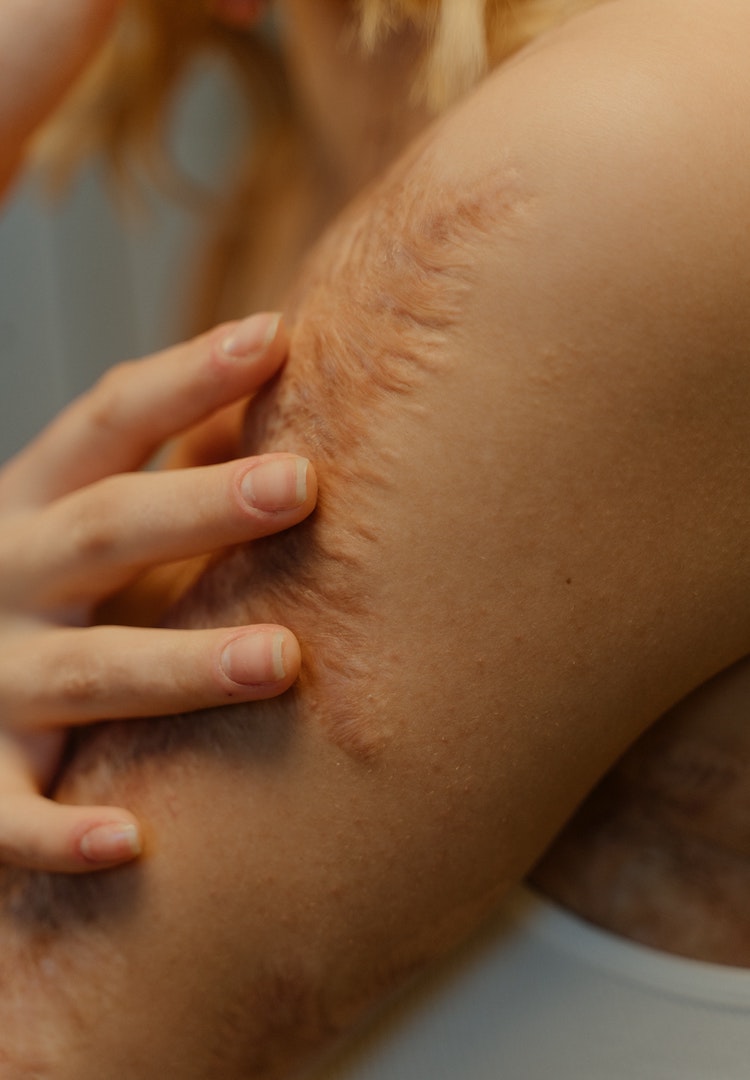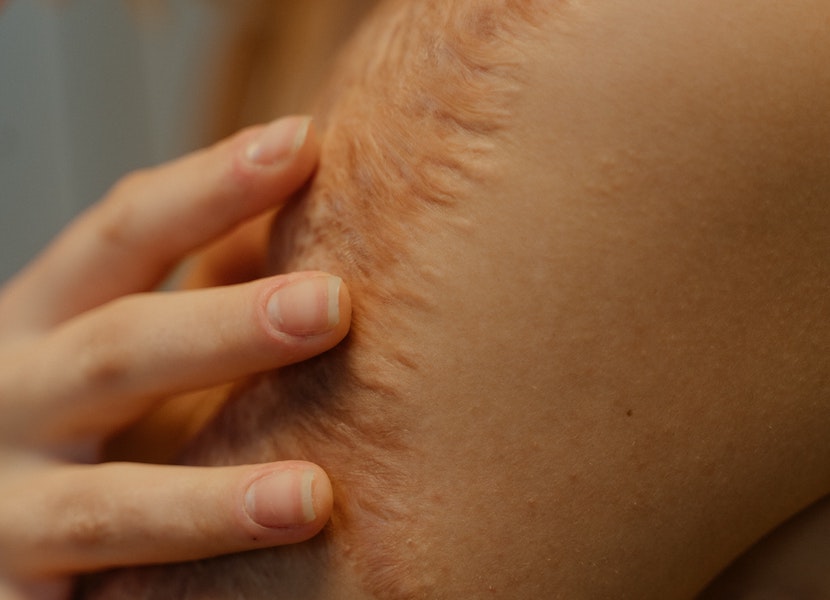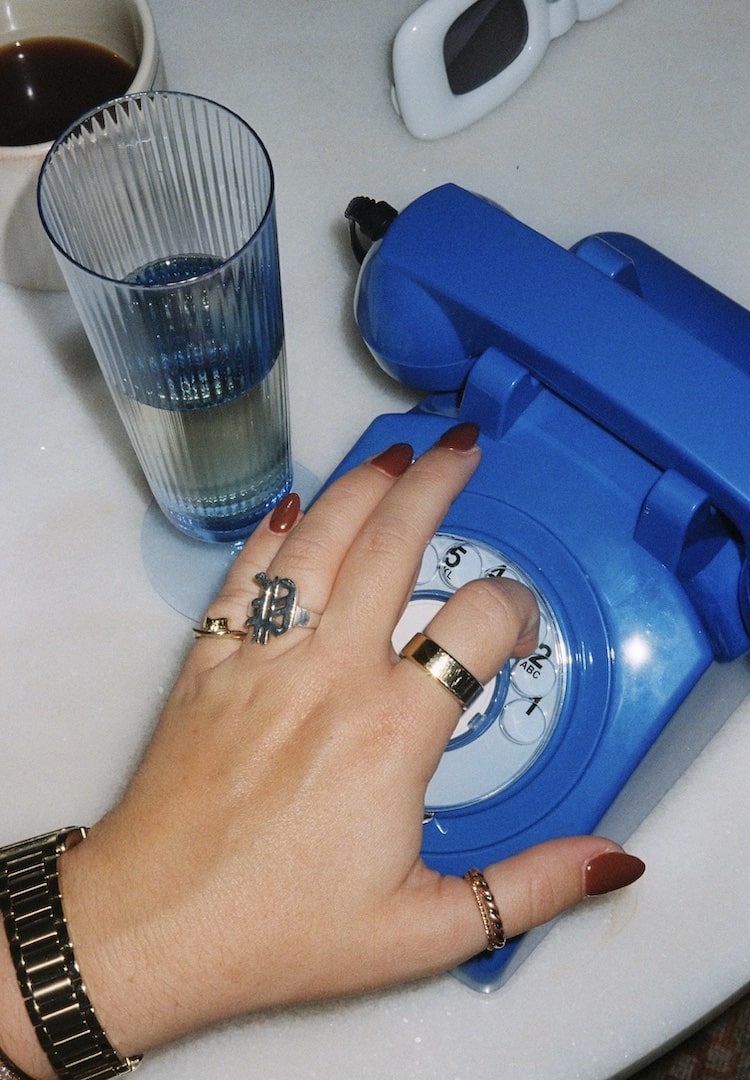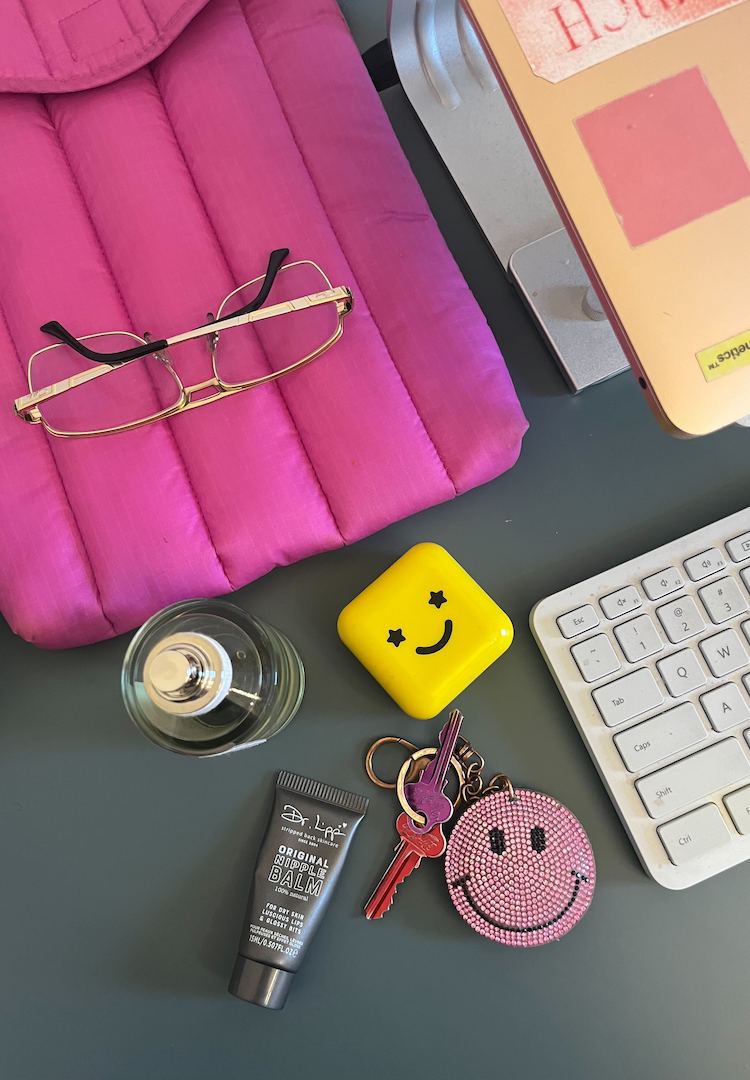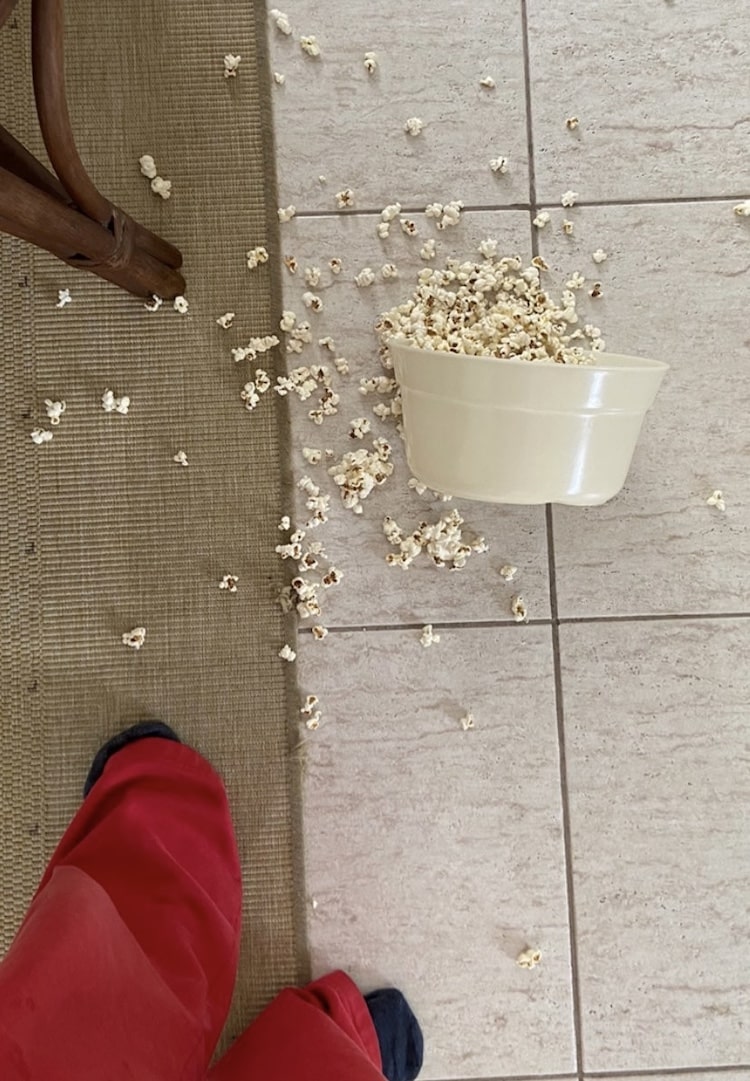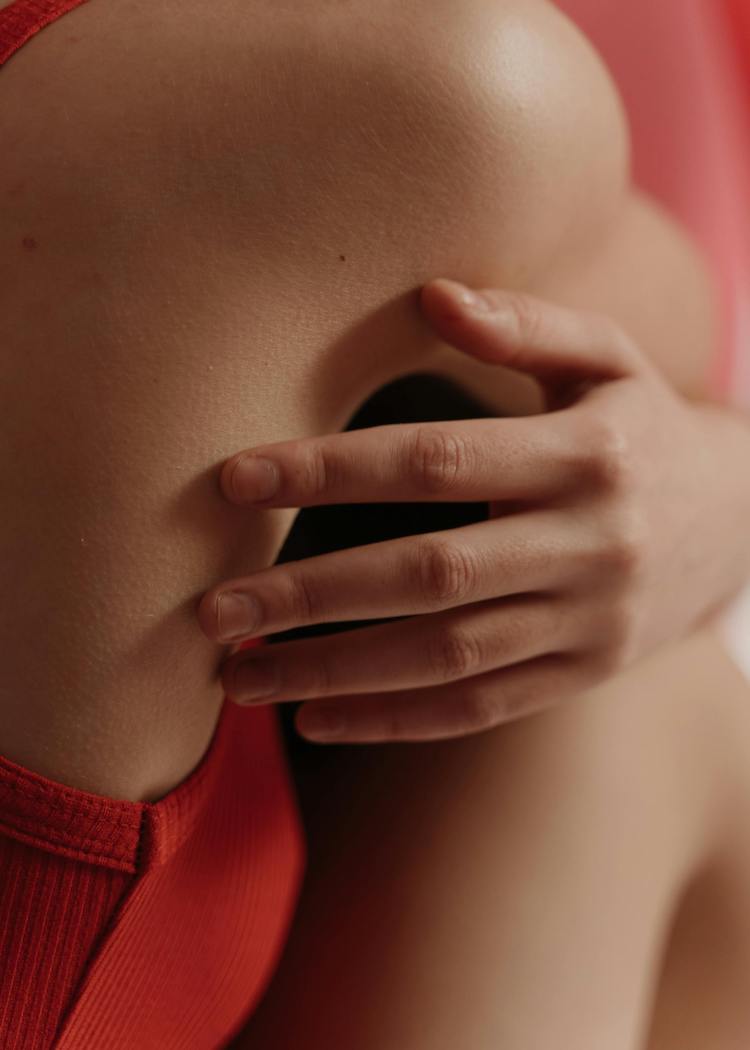I asked a dermatologist how to treat my self-harm scars
WORDS BY CAT FORSYTH
Content warning: This article discusses self-harm.
When writing previously about my experience with self-harm and the scars (both physical and psychological) that period of my life left me with, I wrote about not being ashamed. I remember thinking that, despite people’s double-takes and looks of concern, my scars showed bravery and strength and I shouldn’t feel like I had to hide them.
That was back in August last year – the end of winter, when my arms were generally covered with long sleeves and layers. But, as summer rolled around, I started to feel self-conscious again. Singlets and T-shirts sometimes leave me feeling exposed, wondering what people are thinking when they stare for that second too long.
For more thought-provoking content, tap through to our Life section.
In early 2021, once I’d moved through my most intense period of self-harm, I spoke to my GP about scar treatment. My arms were red, raw and sore. I couldn’t look at them without being reminded of the most painful times in my life. I needed a fresh start.
Once I was referred to a dermatologist, which took a while thanks to COVID, she explained to me that the process was quite complicated. I’ll explain briefly. We underwent several rounds of cortisone injections into the lumpy, 3D scars. This hurt like a bitch and I dreaded these sessions, but god, was it worth it. After a few months, I saw real progress. The ugly, bumpy lines on my arms had flattened, and I felt comforted.
When the dermatologist had done all that she could to make my scars flat, she referred me to another doctor. He was a specialist at a clinic dedicated to cosmetic laser surgery and he and his team would help take the colour out of the scars. My arms were pink, purple and red before I started, and after five sessions of laser treatment, most of my scars were white or very pale pink.
If you or someone you know is in the same boat, I reached out to dermatologist Dr Belinda Welsh for advice on the practicalities of managing old scars and to get more insight into the treatment process I underwent over two years ago.
Why might someone want treatment for their old self-harm scars?
Reasons for this are varied and individual. [Reasons] might include dislike of the appearance of the scars themselves. [Another may be] location of the scars; they are often on the arms and difficult to hide. They may serve as a reminder of past trauma and difficulty. [Patients might] feel the appearance of the scars is recognisable as due to self-harm and don’t want to be judged, especially if they have emotionally recovered.
What different treatments are available? What can doctors do to fade scars or make them less lumpy and visible?
Unfortunately successfully treating self-harm scars is challenging. This is due to several factors including [that] the shape can vary – they may be linear and thin, or widened or thickened, location [as] they are often on the forearms and upper thighs which are areas [that] we have to be careful treating, as the skin is delicate and can heal unpredictably when treating with lasers and energy-based devices. Their colour [as] old scars are often white and it is extremely difficult to restore a normal skin colour to these areas even if you improve the texture of the skin and blend the scar itself.
As a rule, the earlier treatment can start for scars, the better. Treatments include laser [therapy], particularly ablative or non-ablative fractional lasers, or fractional micro-needling. These send columns of energy into the skin which it has to repair and as such remodels the scar. If they are raised and thickened injections of cortisone may be used to flatten them. Multiple treatments are generally needed over time.
Are there any remedies that patients can buy to either fade scars or aid treatment from a dermatologist? Or is professional help required in most cases? I’ve been recommended lots of creams and gels over the years but found that only surgery made a difference.
To remodel old scars, professional help is generally needed with lasers. Over-the-counter silicone gels may help but these are generally more useful on younger scars.
What are some things to keep in mind during treatment? I’ve always been told to be really careful with sun exposure.
Generally, your doctor would give you clear post-procedure guidelines. It is always good to sun-protect skin that is undergoing treatment to avoid post-treatment pigmentation.
The takeaway
My scars are unnoticeable for the most part now – I don’t really catch people staring at my arms anymore. I can still see the scars very clearly, and look at them a lot. It used to be with sadness, but now it’s just a kind of grief-acceptance hybrid. I’m so sorry for the girl I was when I was 17 and all the way up until I was 20, who felt like there was no other way to cope than to hurt herself. Almost every day I think about how grateful I am to have moved past that.
For me, the takeaway is that should you need scar treatment, professional help is the way to go. If you are lucky enough to be able to afford this, then I would highly recommend it.
Lifeline 13 11 14
Beyond Blue 1300 22 46 36
The Butterfly Foundation 1800 33 4673


